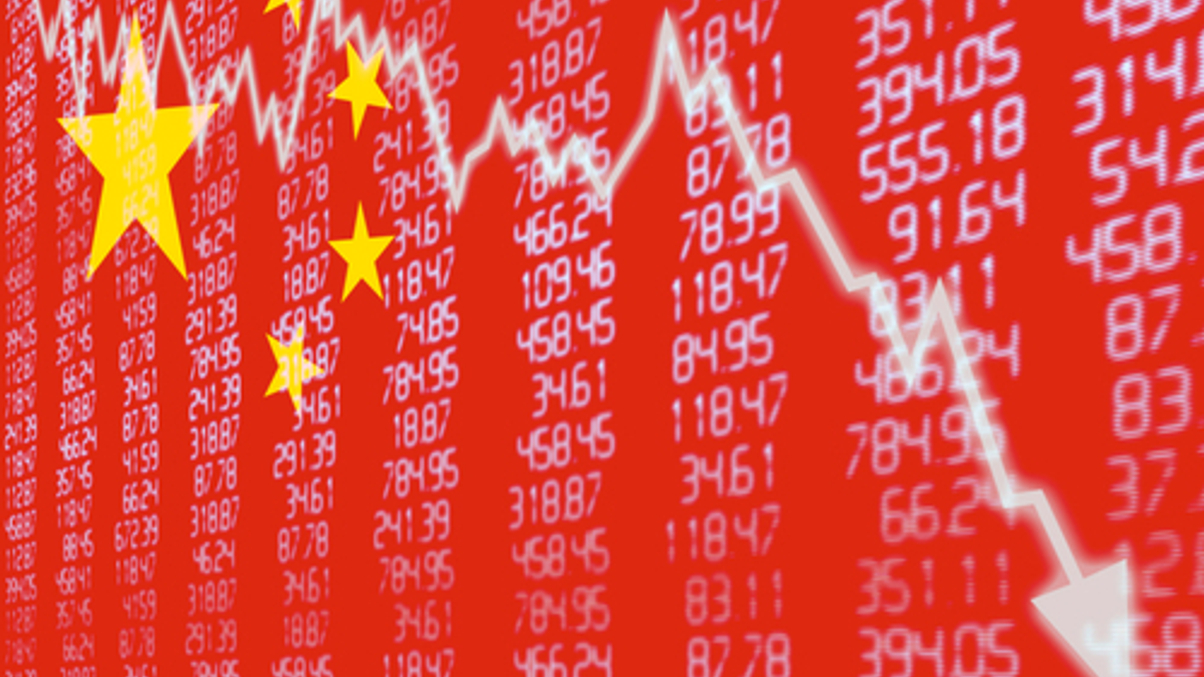China onshore stock-heavy funds struggle for alpha
Investors also seem better able to pick passive onshore China equity-heavy products than active ones, finds Morningstar research.

It’s best to play China through actively managed strategies because they can harvest the inherent inefficiencies in emerging markets – or so many investors would argue.
Sign In to Your Account
Access Exclusive AsianInvestor Content!
Please sign in to your subscription to unlock full access to our premium AI resources.
Free Registration & 7-Day Trial
Register now to enjoy a 7-day free trial—no registration fees required. Click the link to get started.
Note: This free trial is a one-time offer.
¬ Haymarket Media Limited. All rights reserved.


